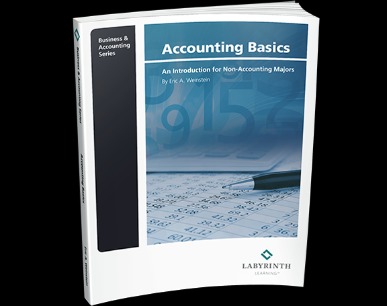Ledger Account Examples: How to Make a Ledger Entry

Purchase Ledger – Purchase Ledger is a ledger in which the company organizes the transaction of purchasing the services, products, or goods from other businesses. It gives the visibility of how much amount the company paid to other businesses. Thus, it can be very difficult to organize if you have a huge number of transactions in a given accounting period. Furthermore, you identify errors or misstatements and take the requisite actions to make good the errors. Therefore, your or your accountants go through each of the accounts individually if you prepare Journal and Ledger manually.
Standard Format
These sources help you to verify that the amounts recorded in the Ledger accounts are accurate. However, reconciling individual account balances becomes extremely easy with online accounting software like QuickBooks. The double-entry accounting rule applies to all ledger accounts, including assets, liabilities, revenue, and expenses. A business can use sub-ledger accounts when using consolidated statements for its subsidiaries.
Recording Transactions

A ledger is a book or digital record that stores bookkeeping entries. The ledger shows the account’s opening balance, all debits and credits to the account for the period, and the ending balance. A sales ledger is a type of accounting ledger that is used in businesses to keep track of all their sales and revenue. To find startup accounting software that will best serve your business at any stage, consider scalability as well as strong customer support. You will also want to choose software that uses the accrual basis accounting method for recording transactions.
You’re our first priority.Every time.
- Hence, such an investigation helps you to avoid looking for errors later.
- Sub-ledgers (subsidiary ledgers) within each account provide additional information to support the journal entries in the general ledger.
- They include assets, liabilities, and shareholders or owner’s equity.
- Double-entry bookkeeping is the concept that every accounting transaction impacts a company’s finances in two ways.
However, it serves both as a journal and a ledger since it stores all cash-related transactions and does not simply summarize them. On the other hand, a cash account is a separate account within a general ledger. Whether you have studied accounting or not, you might have come across the terms ‘journal’ and ‘ledger’ quite often.
List of General Ledger Accounts and Content
In an income statement general ledger, when a company receives payment upon the sale of a product or service, the cash received is recorded in the net sales account, along with other sales and sales returns. To compute the gross profit, the cost of sales is deducted from the net sales. Later, operating expenses such as manufacturing costs, rent, and general and administrative expenses are subtracted to calculate the operating profit. Likewise, the revenue and expense accounts give an accurate view of the incomes earned or the expenses incurred.

These are typically reported on the left-hand side of your company’s balance sheet. Thus, you get an understanding of your company’s position with regards to debtors, creditors, expenses, revenues, incomes, etc. For example, the outstanding payments against suppliers, payments to be collected from customers, etc. Furthermore, at the end of the accounting period, you close these Ledger Accounts. You do this as a result of balancing the debit and the credit sides of such accounts. Furthermore, the information recorded in General Ledger is divided based on the type of accounts.
Posting is the process of transferring the all the transactions to the ledger. A ledger account is a record of all transactions affecting a particular account within the general ledger. For instance, cash activity is usually recorded in the cash receipts journal. The account details can then be posted to the cash subsidiary ledger for management to analyze before it gets posted to the general ledger for reporting purposes. A ledger is often referred to as the book of second entry because business events are first recorded in journals.

To better understand the purpose of accounting ledgers, it’s helpful to understand how they differ from journals. An accounting journal, also called the book of original entry, is where financial transactions https://www.business-accounting.net/everything-about-accounting-ledgers/ are first recorded. The details are then summarised into a T format within the accounting ledger book. A T-shaped ledger entry allows you to show debits on one side, and credits on the other.
Have more time to work on what you love when you spend less time on bookkeeping. In addition to the accounting ledger, there are several kinds of ledgers that you might what is the difference between supplies and materials for bookkeeping use in the course of bookkeeping for your business. Most accounting software will compile some of these ledgers while still letting you view them independently.
Thus, the shareholder’s equity appears on the liability side of your company’s balance sheet after current and non-current liabilities. You record the financial transactions under separate account heads in your company’s General Ledger. By using a standardized https://www.simple-accounting.org/ system of general ledger codes, companies can ensure consistency and accuracy in their financial reporting and analysis. The codes also provide a useful way to track and categorize financial data for budgeting, forecasting, and decision-making purposes.